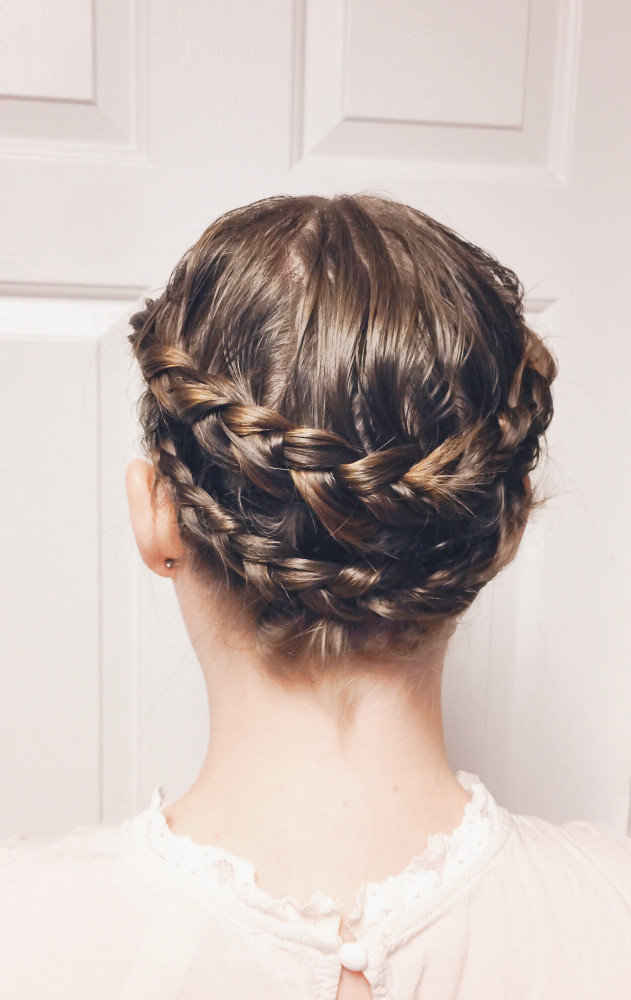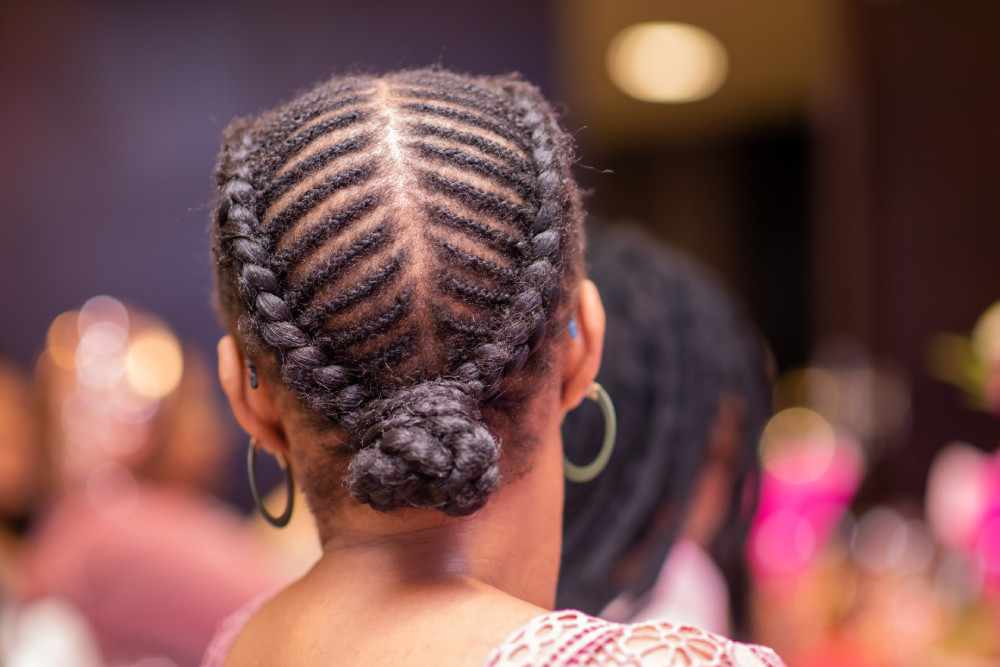Even if you have naturally long hair, you are not exempt from the joys of wearing wigs. Some might think at first that it is not possible to do so because it will look strange to put a wig on an already thick set of hair. Thankfully there is a way around it to fit just right so you too can enjoy wigs even with long hair.
Before You Wear
Hair care is always vital prior to wearing wigs because prolonged wearing of the wig cap and the weight of the wig will damage the hair especially if it is dry and brittle. What you will want to do is apply hair conditioner to moisturise it properly so it will shape nicely when you need to wrap it up under a wig cap.
There are two general ways to compress your long hair for the wearing of the wig. The first one calls for braiding or plaiting. This is where you group the strands into compressed plaits that are easier to bind together when all neatly placed together. If you have thicker hair, corn rows are also very effective in compressing your hair. There is just one concern with cornrows: strain. Corn rows are very tightly done and can damage the hair if very frequently done. It is only advisable to do so if you are comfortable with corn rows or you really need to deal with a thick volume of hair.
Another general way of preparing for a wig is simply setting up a single ponytail, wrapping it and wearing the wig cap directly over the bound hair.
Before you get started with preparing your hair, you will need bobby pins, hair ties, and discreet hair clips.

The Braid Method
Not all braiding methods need to be exactly the same. What you will want to do is see how your hair falls or follows when you part them. Some will want to braid into two different portions and then wrap it around the head while secured with bobby pins. If you have thicker hair and the two-braid method just does not work for you, you can try to divide into four braids and layer them on each other when wrapping and securing around the head. Bobby pins are helpful but some feel more secure when using discreet hair clips that curve along with the shape of your head while holding the braids in place.
Before you go on putting on that wig cap, take a good look at the mirror to see if none of the braids are along your hairline because these will stick out once you put on the wig cap. Secure the wig cap over your head and watch out that no stray strands are sticking out.
Finally, the wig goes over the wig cap and you have a totally new look suited for you!
The Ponytail Method
For those with thinner hair, this can actually work if you properly make a low ponytail with a tight compression so it will not feel like a significant bump when you swirl it around your head. It is also faster because you will not need to work with several braids. Once you have that ponytail nice and formed, pull up the hair through the hair tie so that it shortens the hair and tucks just underneath. Do note that this works only if you are also wearing a wig that covers the back part of your neck where the shortened ponytail is resting. Shorter wigs will require the first method written above.
With the ponytail method, you may even opt not to wear a wig cap as you do not have to compress so much hair on your head. Most of the volume and length is hidden just behind your neck.
To Cap or Not to Cap
Wig caps are optional. Though there are wig caps specially designed to protect your natural hair, it is not always necessary especially if you are comfortable without them. Techniques like the ponytail method do not require wig caps. However, if you do end up using a wig cap, just make sure they are a similar colour with your wig so you can achieve that natural look.
